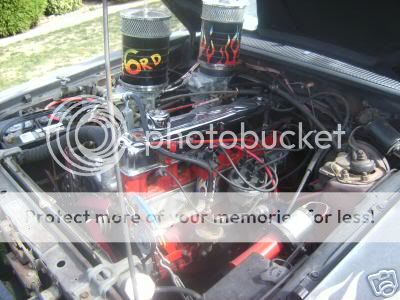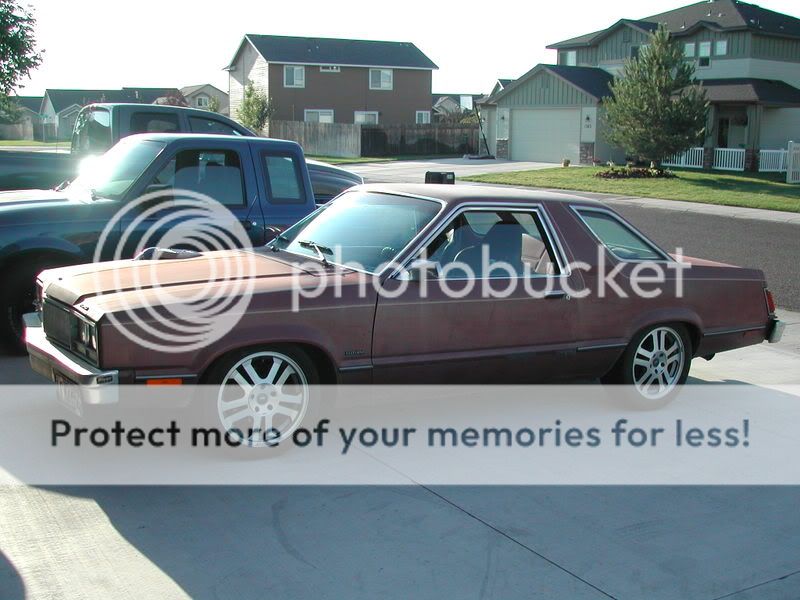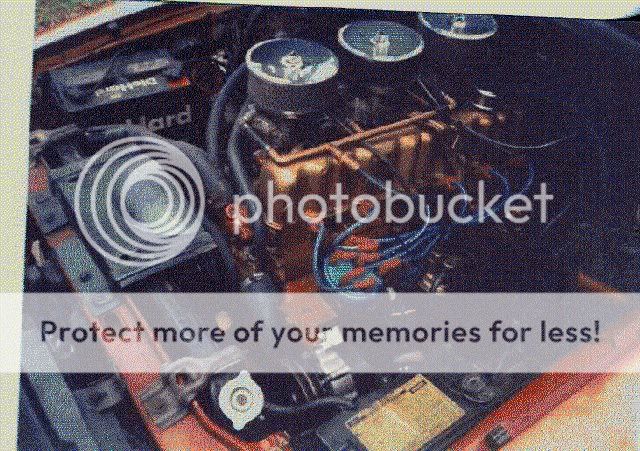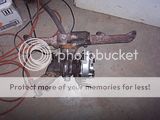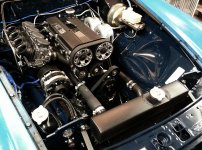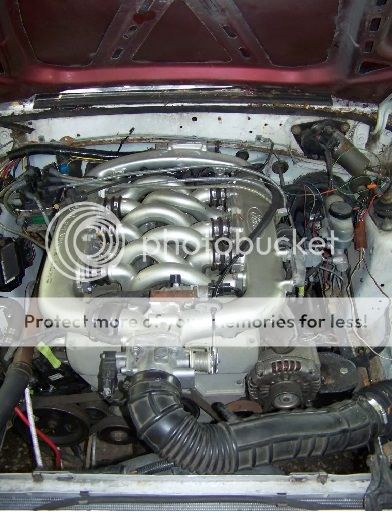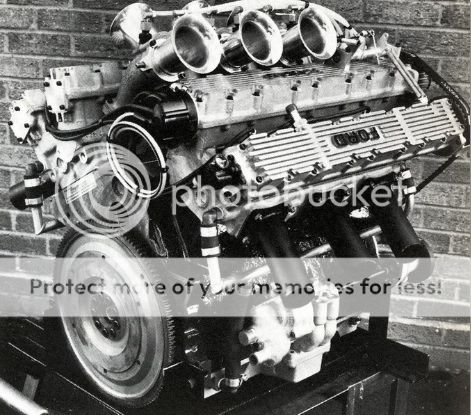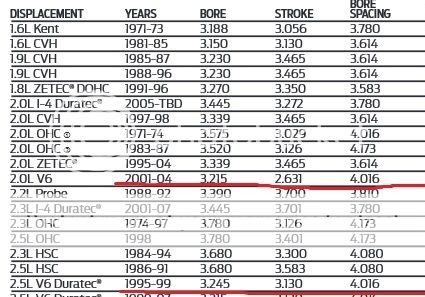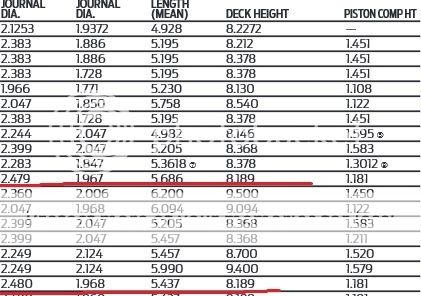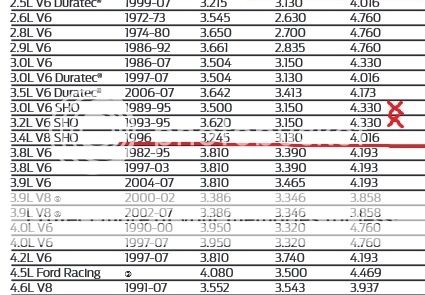Let me apologize in advance for what will look like a "wishy washy" lack of judgment,.. but I just want to be sure I don't go off half cocked in one direction,.. only to wish I had asked these questions before.
I build street cars. I hate conformity. I own a Fairmont future as a testament to that. My last car was so far out there,... you either hated it,.. or loved it. There were no in betweens.
(your forum won't let me post my big pictures,... consider this my invite to view the pcs off site:
http://imageshack.com/i/5zmustangbuild001j
The new car will be a little more traditional, exteriorwise,..but it will get a similar "resto-rod" treatment. The point of contention is the engine:
I have another thread started on this side of the board stating my intention to radically modify the head on the 200 that comes in the car w/ the final objective being to turbocharge the engine. The good thing about this plan, is that I can drive the car with the poor old wheezy 6 in place,.. while I modify a donor head for the future. It is also important that this combo fits the car it comes in. My intentions are to drive it,.. daily.
While the eventual plans require I either pull that engine, and upgrade the internals, or swap the 200 for a 250 (and upgrade the internals) initially, I was planning on throwing that modified head on the stock bottom end turning the boost down,.. and driving it while I sorted out the future plans for the upgraded bottom end.
Adding confusion for me is the prospect of completely doing away with the small 6 and swapping in a 300. I know there are fitment issues, but the prospect of possibly having a much less lethargic combination before the modifications to come (same turbocharging plans) while I drive it seems like it is a better starting point.
I was in a yard last week,..and there it is,... an injected 300 that supposedly ran laying on its side, just waiting for a new home. After doing some reading however,..aside from the oil pan that wont work, an injection manifold that may require I add a small Morton building to hide that part of the engine that would hang out of my hood,...it looks like they aren't very solid as a stock engine due to a weak cast piston.
So the real dilemma stems from original design plan to do a jy swap and go completely off brand,.....I was considering a LS swap. I've done the homework,...ive located the engine/trans/computer.....all can be had for about 1500.00 w/ exhaust, cooling, and driveshaft modifications,...id be in it for right about 2 grand. I'd have an engine rated at 295 hp/350tq,..that typically gets 27 mpg and has the reputation in the swap community for taking a tone of abuse in its stock form.
But I'd get stoned in the ford forums.
I refuse to swap in either of the two Windsors they are more commonplace than belly buttons,.. and a 4.6 in any configuration is just too much money,....besides I've already did that. (that red car above had a 2v swapped in)
Which brings me back home here,... the appeal of the 6 fits the bill for being different, keeps me from being lynched by the Ford fanatics But will probably require I spend more money turbocharged just to make the same power as my junkyard Chevy option.
It is now a choice between the three:
The 200 (I have one,.. they fit, they seem plentiful )
A 250 (wondering where to even look for one, no fox oil pan).
The 300 ( big heavy brute w/possibly weak pistons, may hang out worse than a fat chick in a bikini)
I build street cars. I hate conformity. I own a Fairmont future as a testament to that. My last car was so far out there,... you either hated it,.. or loved it. There were no in betweens.
(your forum won't let me post my big pictures,... consider this my invite to view the pcs off site:
http://imageshack.com/i/5zmustangbuild001j
The new car will be a little more traditional, exteriorwise,..but it will get a similar "resto-rod" treatment. The point of contention is the engine:
I have another thread started on this side of the board stating my intention to radically modify the head on the 200 that comes in the car w/ the final objective being to turbocharge the engine. The good thing about this plan, is that I can drive the car with the poor old wheezy 6 in place,.. while I modify a donor head for the future. It is also important that this combo fits the car it comes in. My intentions are to drive it,.. daily.
While the eventual plans require I either pull that engine, and upgrade the internals, or swap the 200 for a 250 (and upgrade the internals) initially, I was planning on throwing that modified head on the stock bottom end turning the boost down,.. and driving it while I sorted out the future plans for the upgraded bottom end.
Adding confusion for me is the prospect of completely doing away with the small 6 and swapping in a 300. I know there are fitment issues, but the prospect of possibly having a much less lethargic combination before the modifications to come (same turbocharging plans) while I drive it seems like it is a better starting point.
I was in a yard last week,..and there it is,... an injected 300 that supposedly ran laying on its side, just waiting for a new home. After doing some reading however,..aside from the oil pan that wont work, an injection manifold that may require I add a small Morton building to hide that part of the engine that would hang out of my hood,...it looks like they aren't very solid as a stock engine due to a weak cast piston.
So the real dilemma stems from original design plan to do a jy swap and go completely off brand,.....I was considering a LS swap. I've done the homework,...ive located the engine/trans/computer.....all can be had for about 1500.00 w/ exhaust, cooling, and driveshaft modifications,...id be in it for right about 2 grand. I'd have an engine rated at 295 hp/350tq,..that typically gets 27 mpg and has the reputation in the swap community for taking a tone of abuse in its stock form.
But I'd get stoned in the ford forums.
I refuse to swap in either of the two Windsors they are more commonplace than belly buttons,.. and a 4.6 in any configuration is just too much money,....besides I've already did that. (that red car above had a 2v swapped in)
Which brings me back home here,... the appeal of the 6 fits the bill for being different, keeps me from being lynched by the Ford fanatics But will probably require I spend more money turbocharged just to make the same power as my junkyard Chevy option.
It is now a choice between the three:
The 200 (I have one,.. they fit, they seem plentiful )
A 250 (wondering where to even look for one, no fox oil pan).
The 300 ( big heavy brute w/possibly weak pistons, may hang out worse than a fat chick in a bikini)

